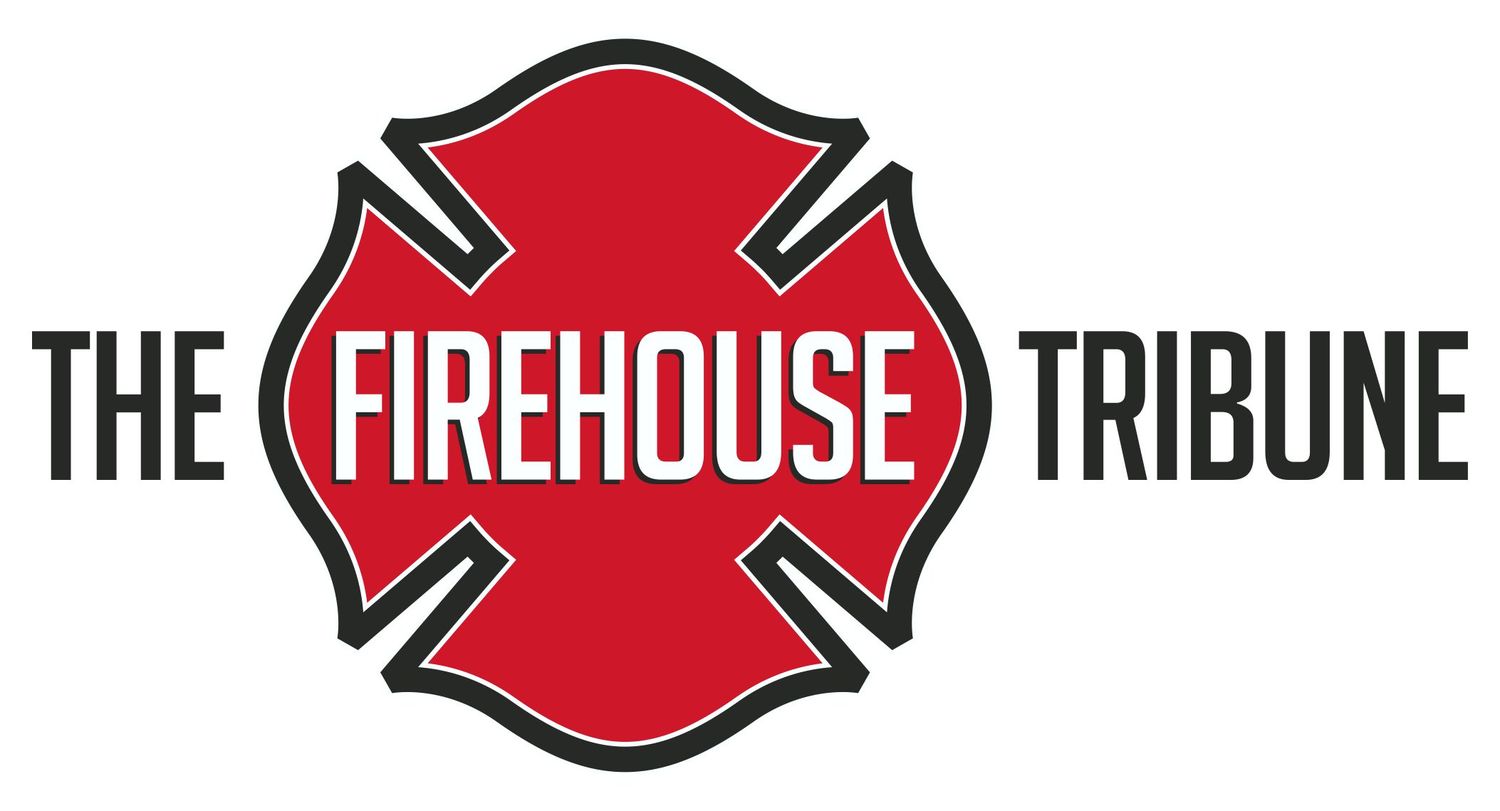Leadership Intent in the Fire Service
What Is Leadership Intent? Let's just start this right here.
Leadership intent is a clear expression of purpose, priorities, and expected outcomes from officers and command staff. It gives firefighters a framework for decision-making, even when direct supervision or communication is limited.
It answers questions like:
• What are we trying to achieve?
• Why is it important?
• What are the boundaries or priorities I need to honor?
Why Leadership Intent Matters on the Fireground
Emergency situation evolve fast and leadership intent provides clarity in chaos. This intent allows firefighters to make sound decisions independently that still align with overall objectives — like protecting life, property, and firefighter safety. Here's an example of it.
Your engine company officer (lieutenant) says, “Our intent is to contain the fire to the first floor, protect the stairwell to keep this a rescue priority operation and prevent further fire spread.”
Even if radios fail, firefighters understand the mission priorities and can adjust accordingly.
Empowers Decentralized Decision-Making - De-centralized Command
Leaders cannot be everywhere. Clear intent enables firefighters and company officers to act with confidence and consistency when making split-second decisions. Think of it as “commander’s intent” in the military — the why behind the what.
Drives Accountability and Debriefing
If intent is clearly communicated before an operation or drill, performance can be evaluated against it afterward. This helps in many areas such as:
After-action reviews (AARs)
Correcting errors
Reinforcing effective decision-making
“Did our actions support the intent to prioritize rescue over exposure protection?”
Reinforces Culture and Values
Leadership intent reflects what the department stands for - safety over speed, teamwork over individualism and tactical discipline over aggressive freelancing. Over time, this builds trust, consistency, and a strong culture of mission-focused operations.
Examples of Leadership Intent Statements
Fireground:
“My intent is for this to remain an offensive fire attack unless we lose the interior stairwell. Protect egress paths and maintain accountability.”
Training:
“The intent of this mayday and survival drill is to build confidence in calling a mayday under stress, not just to finish the scenario.”
Mentorship:
“My leadership intent is to prepare you to lead in my absence, with the same standards and care for your crew.”
Crisis Leadership (e.g., LODD, major incident):
“My intent is to be transparent, support our members emotionally and operationally, and restore trust with the community.”
Key Elements of Strong Leadership Intent
Purpose – Why are we doing this?
Priorities – What comes first?
Boundaries – What can’t we compromise on?
Flexibility – How should others adapt if things change?
Leadership intent isn’t about control — it’s about clarity. It gives your team the freedom to act while ensuring their actions support the mission, values, and safety of the organization.
Until next time, work hard, stay safe & live inspired
